How are Drones Used for Asset and Infrastructure Inspection?
As our infrastructure continues to age, it is essential to develop innovative methods for inspecting and maintaining it. Drones have b
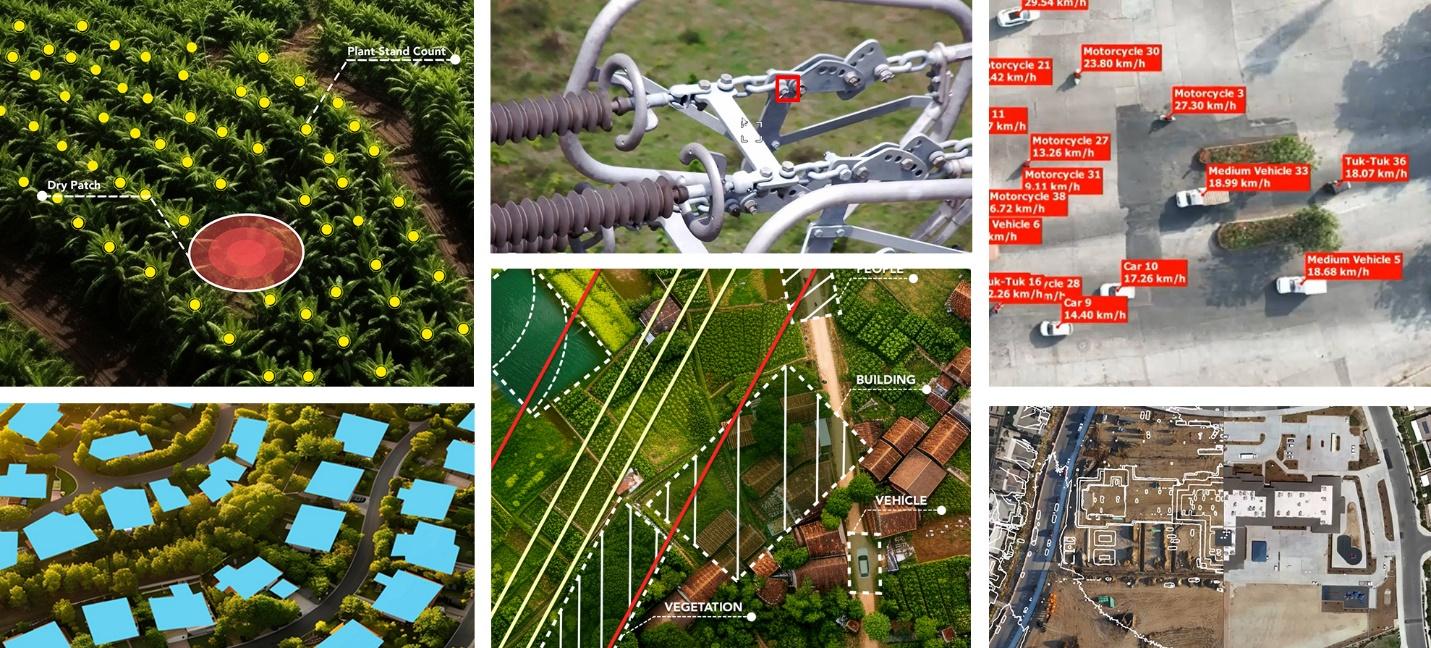
The use of drones is not limited to capturing photos and videos; they are also utilized across various industries. In India, people are now realizing the potential of drones and are eager to make the most of them. Yes, indeed, drones were initially used, mostly for photography and videography, but their applications have since expanded significantly. In 2025, India is undergoing a transformation driven by drones. This blog will help you understand that there is much more to drones than photography and videography. Which stories are made up of drones? Let's have a look.
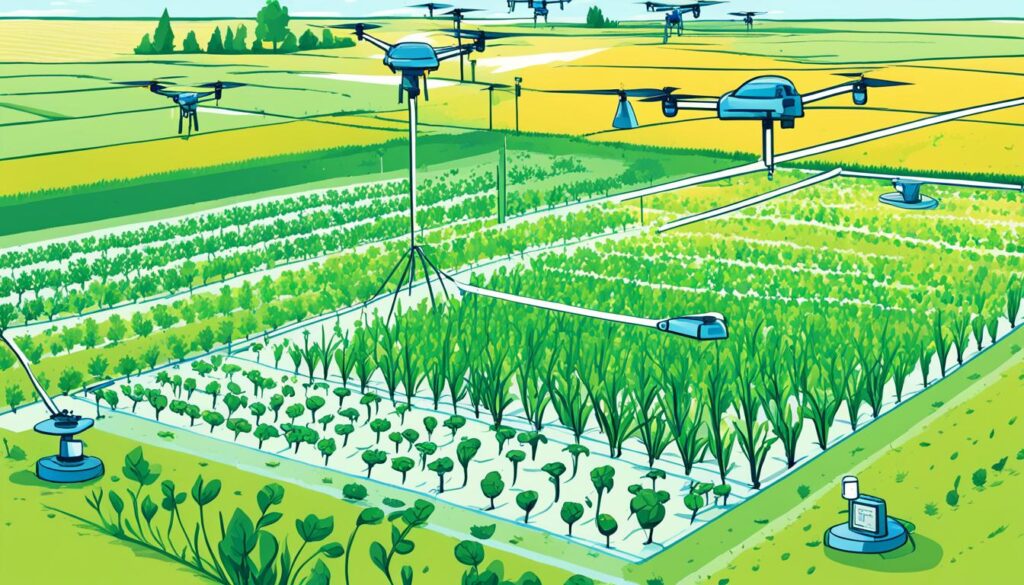
In India, where the majority of the population relies on agriculture, drones have revolutionized precision farming. The Indian government’s push through the Sub-Mission on Agricultural Mechanization and the Digital Agriculture Mission has encouraged the use of drones to improve farm productivity. In 2025, drones will be used for crop monitoring, soil health mapping and pest surveillance.
Moreover, the use of spraying drones, which cover up to 30 acres a day, has not only reduced manual labour but also reduced the excessive use of pesticides. In Punjab, Maharashtra, and Andhra Pradesh, agri-tech startups are renting drones to farmers, enabling them to reap the benefits of drone technology.
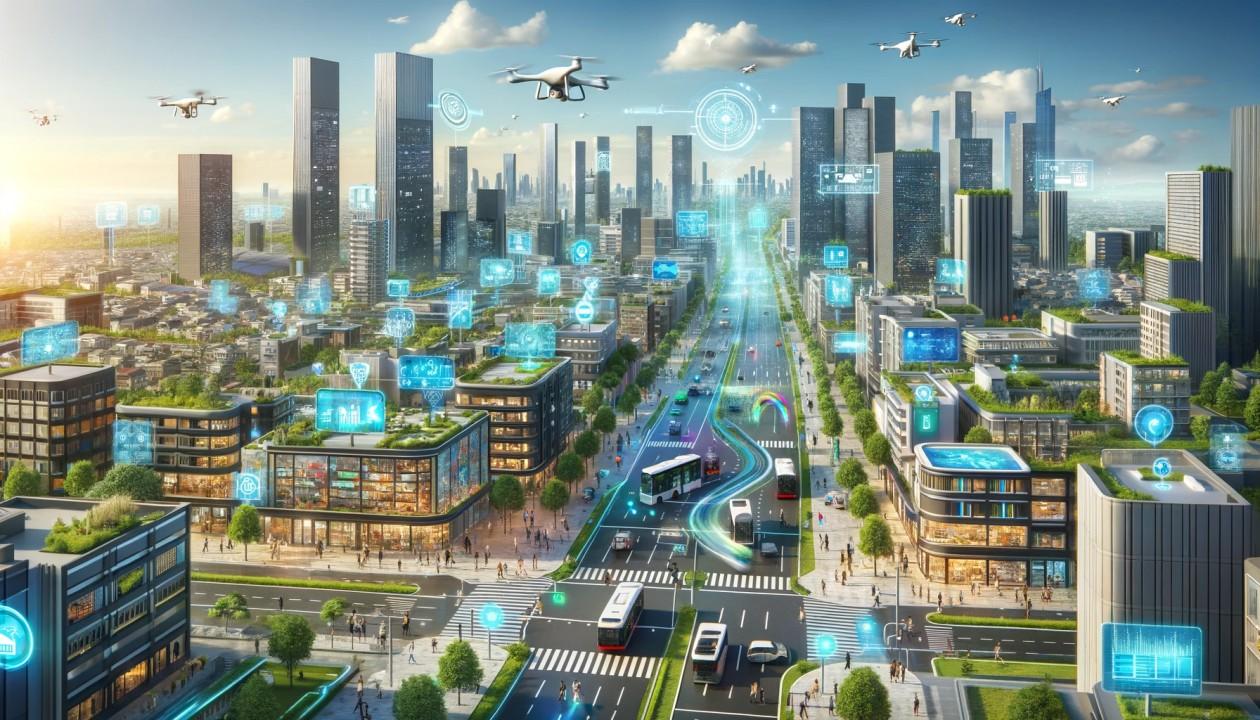
Urbanization is rapidly growing, and with the Smart Cities Mission, there has been a development of over 100 urban areas. Drones are used in infrastructure monitoring and urban planning. Drones help track the progress of mega infrastructure. In cities like Pune and Bengaluru, drones create 3D models of urban landscapes, enabling planners to design more effective traffic flow solutions and allocate green spaces more efficiently.
The use of drones has reduced the requirement for manual inspections. With drones, municipalities can conduct assessments after natural disasters to evaluate damage and hasten the relief efforts. In rural areas, drones are used in mapping village infrastructure under the SVAMITVA scheme, aiming to provide landowners with legal ownership through drone surveys.

The use of drones has greatly increased in emergency response. In 2025, the NDRF and state disaster management agencies are using drones to locate disaster survivors. Drones can be flown to inaccessible areas, relay live video feeds and even drop life-saving supplies. In the 2023 Uttarakhand glacial burst, drones played a key role in rescue operations. The Indian Meteorological Department is also integrating atmospheric data collected by drones to enhance weather forecasts, vital for disaster preparedness.
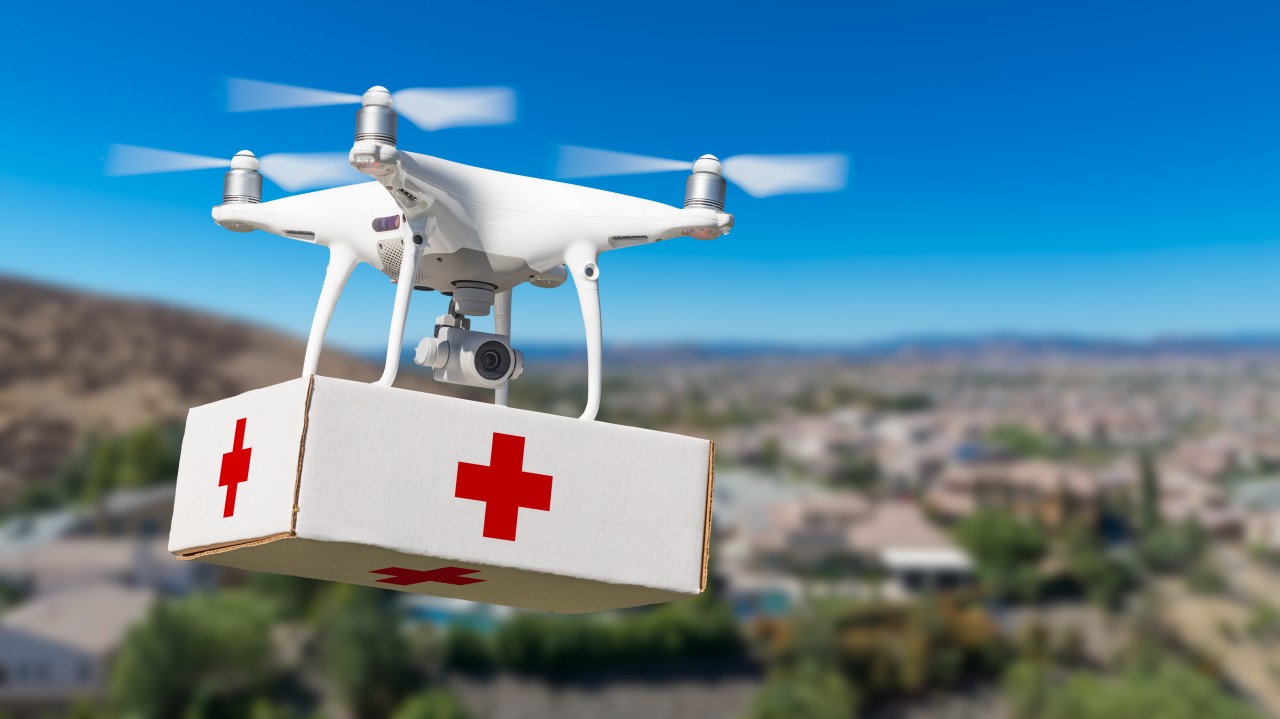
In India, drones are also used in healthcare delivery. In 2025, drone-based medical delivery services are operational in India. With poor road infrastructure hindering timely access to medicines and diagnostic tools, drones are acting as lifelines for rural healthcare.
In remote primary health centres, drones transport blood units, antivenom, insulin and even COVID-19 test kits throughout health emergencies. Integration with government health portals and apps enables instantaneous tracking of deliveries, ensuring accountability and minimizing waste. Additionally, drones enable contactless delivery during epidemics, thereby reducing the risk to healthcare workers.

In 2025, drones play their part in protecting the environment. Forest departments are utilizing drones for monitoring wildlife corridors, detecting illegal logging and preventing poaching in national parks. Equipped with infrared cameras and AI-based motion detection, drones can also provide nighttime surveillance in forests.
Drones can also be used during wildlife census, particularly in inaccessible areas. Drones provide aerial views of deforestation patterns, water pollution, glacial melting and wetland shrinkage. The National Green Tribunal (NGT) and the Central Pollution Control Board are integrating drone-collected data to implement environmental compliance among municipalities.
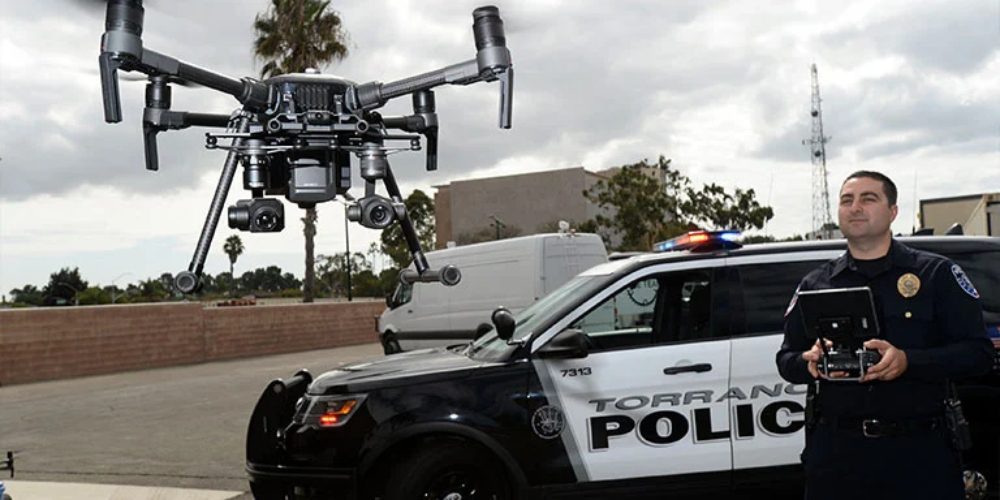
In 2025, the police forces of Uttar Pradesh, Maharashtra and Tamil Nadu deployed drones for traffic surveillance, security and crime scene analysis. Drone footage is admissible as evidence, providing significant assistance in crime investigations.
During the Kumbh Mela,drones assisted in monitoring crowd density, recognizing potential threats and coordinating personnel more effectively. Drones have also helped security forces evade confrontations by providing instantaneous situational awareness. The BSF uses drones to detect infiltration, smuggling, and tunnel activities on India’s international borders. With facial recognition and object tracking, border surveillance is done even more precisely with the help of drones.
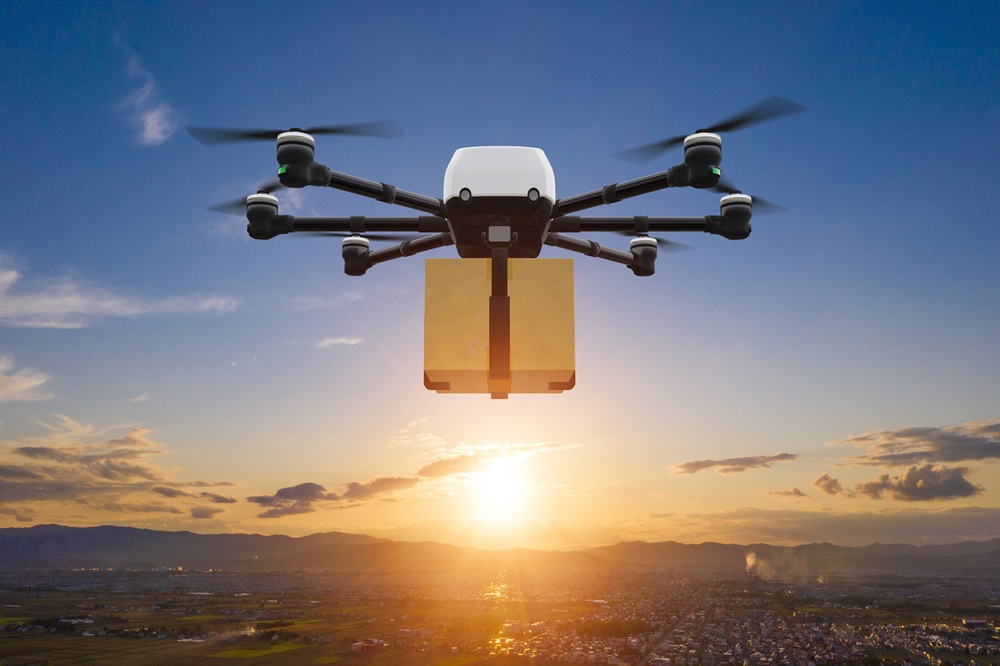
In 2025, Amazon, Flipkart, and Reliance Digital began using drones for last-mile delivery in Tier 2 and Tier 3 cities. They can carry packages of up to 5 kg and deliver them to customers within 30 minutes. For hilly terrains such as Sikkim or Himachal Pradesh, where deliveries are often delayed, drones become a faster alternative.
Skye Air Mobility and TechEagle are working with logistics companies to make air corridors for drone delivery. Warehouses feature drone docking stations, and AI is utilized to automate delivery scheduling, guaranteeing best fleet management. This also decreases carbon emissions and alleviates the delivery burden on congested urban streets.
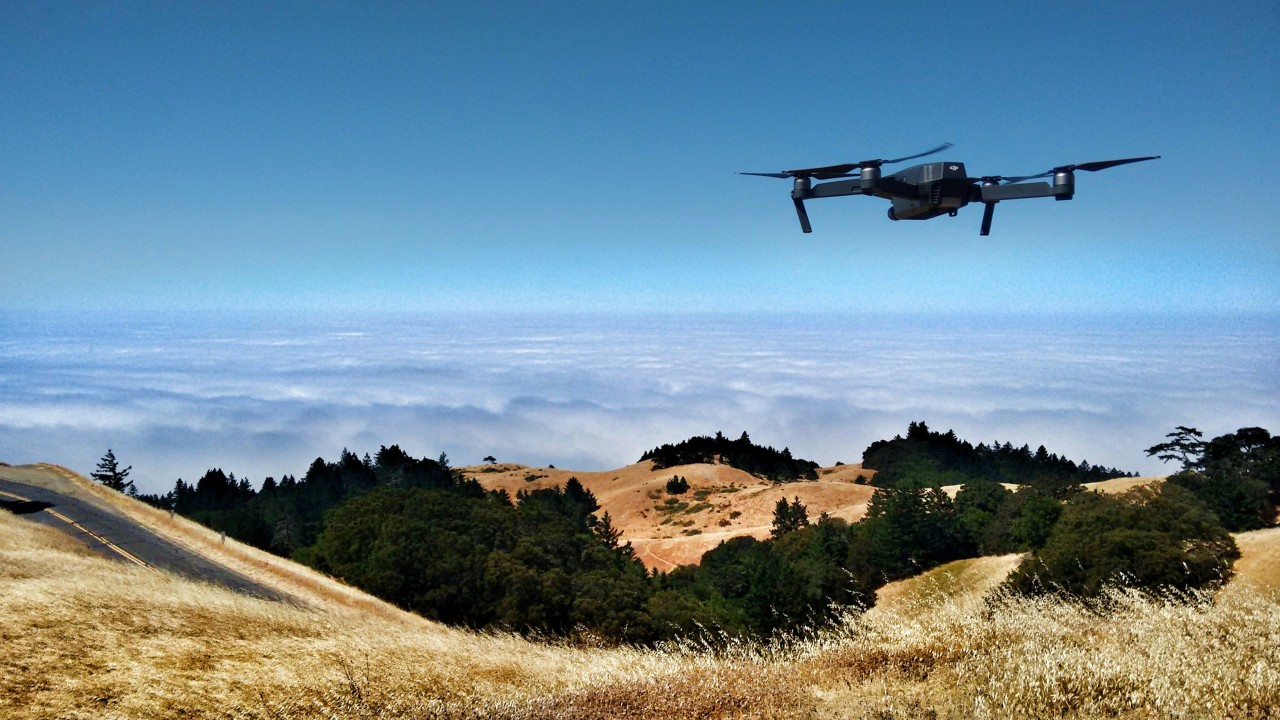
Educational institutions are expected to use drones for teaching through immersive aerial observations by 2025. Drone piloting is being taught in several polytechnics and ITIs, creating skilled drone pilots.
Drones have also revolutionized field reporting. Drone piloting is being taught
in several polytechnics and ITIs.
In journalism, drones have revolutionized field reporting. This has improved viewer engagement. In the meantime, the ASI or the Archaeological Survey of India and heritage conservationists also use drones to scan, document, and preserve historical monuments. Superior images enable the creation of 3D replicas of monuments, preserving them digitally.
Drones are having a significant impact on India, also beyond photography and videography. The journey of drones has just started and there is a long way to go. With improvements in technology, the number of applications will continue to increase. For a country like India, drones present numerous opportunities. If you want to become a drone pilot in India and explore the magic of drones, you can enroll with Flapone Aviation. We are one of the finest drone training institutes in the country.
Our experts can help assess your needs and suggest the right drone services for your industry.